In the southern most part of the Iberian Peninsula there are many natural parks and places of natural interest renown for their flora, fauna and unique fragile ecosystems. Most of these species grow specifically in these areas and are endangered.
There are a variety of landscapes and ecosystems within small areas that contrast greatly with each other.
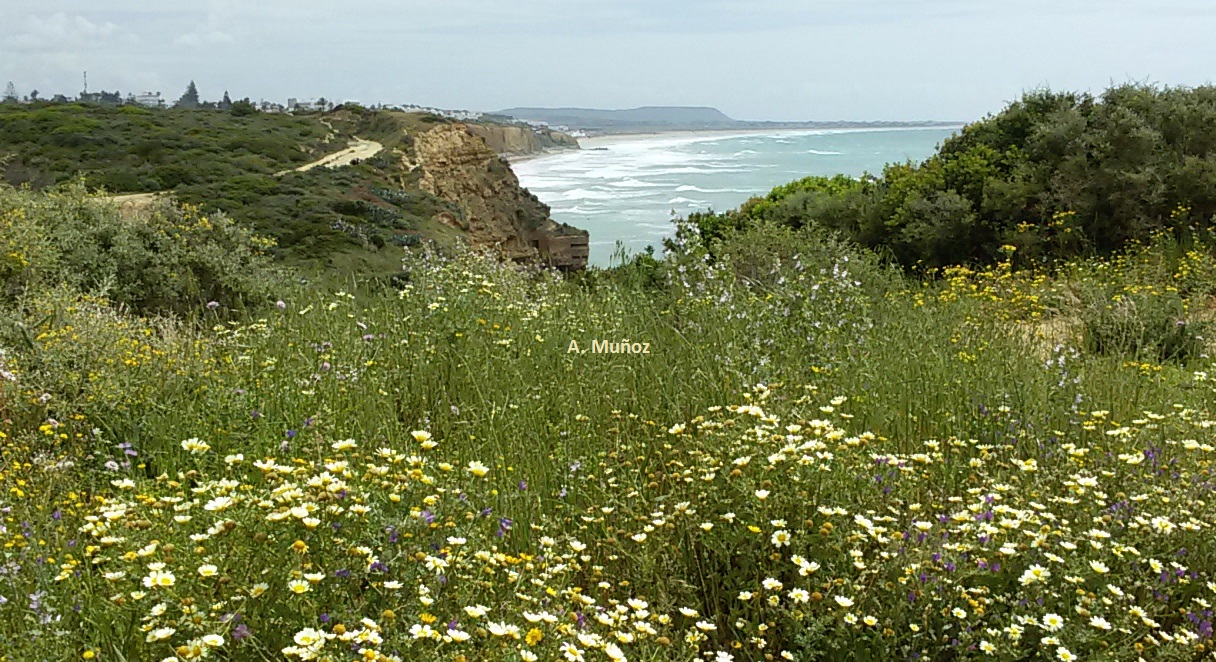
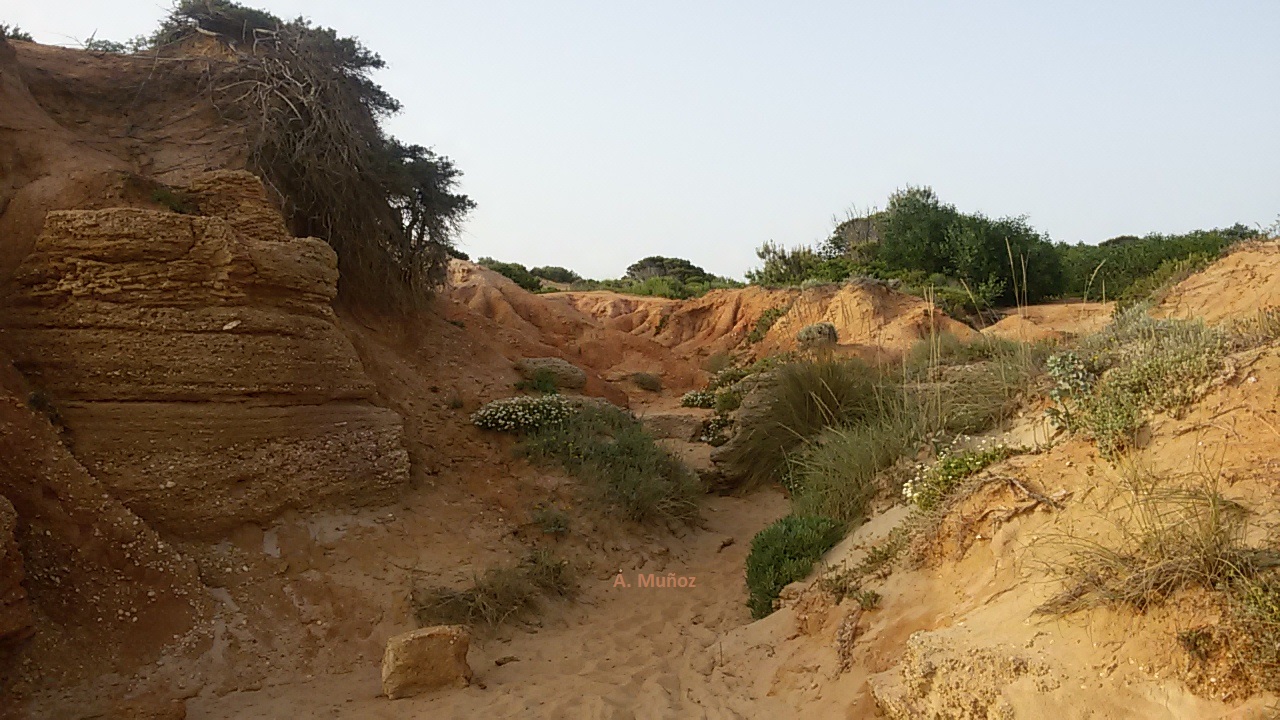
Marshes, beach dunes with their caracteristic flora, cliffs and beach coves that have been eroded and have much geological interest. These are areas of biodiversity, that have survived the human building presssure.
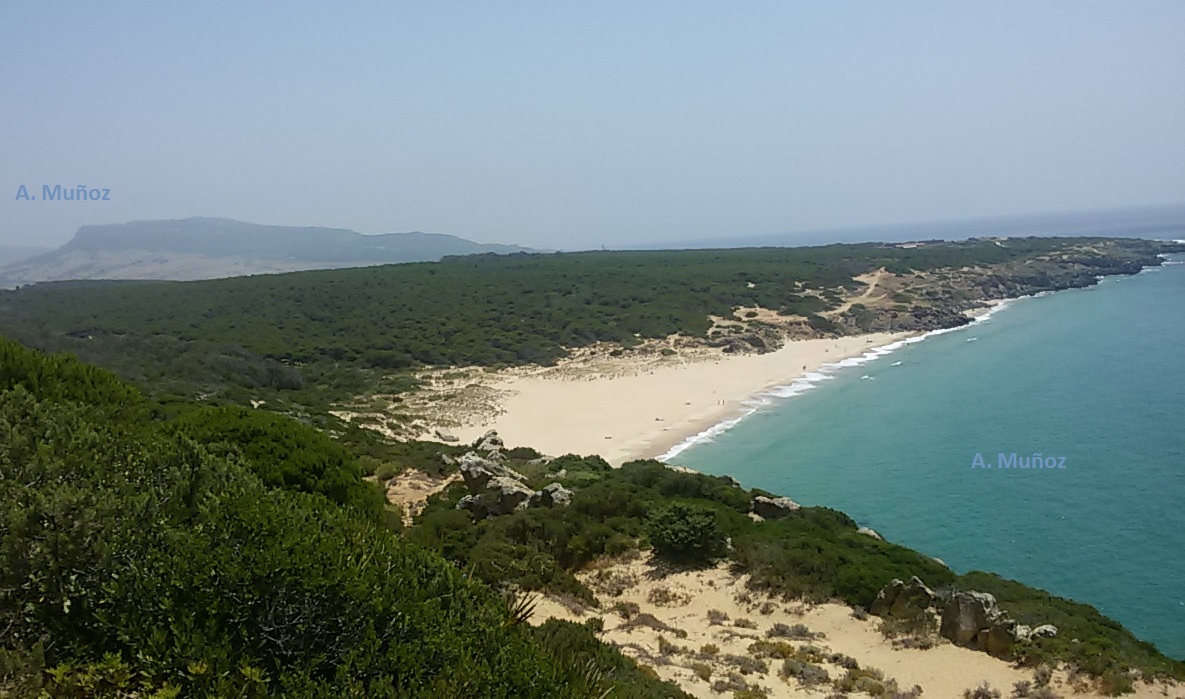
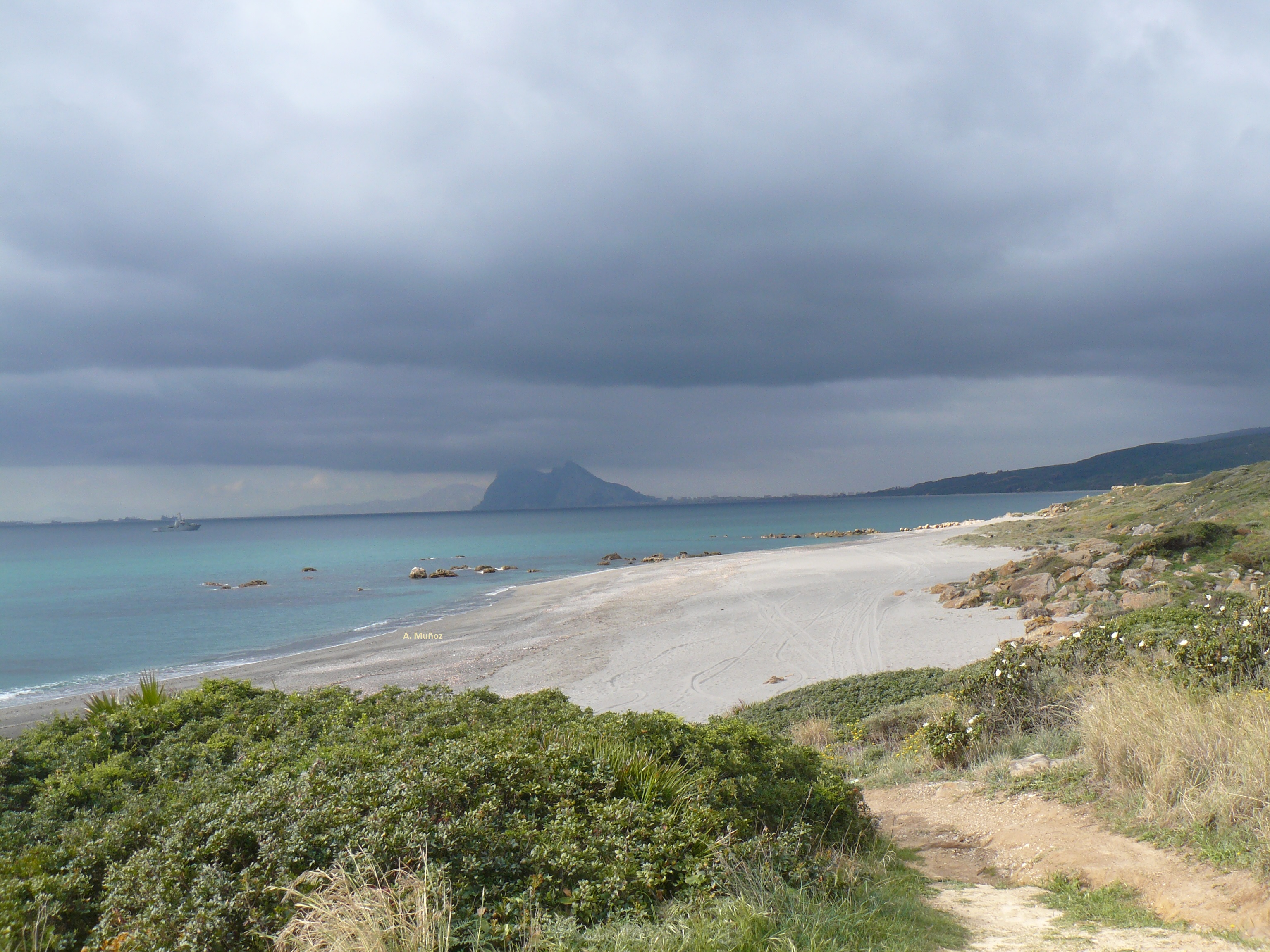
Inland there are also many different ecosystems like pine groves, riparian woodlands and oak forests.
Cork oak trees (Quercus suber) form meadows used by cattle, and in wet and rainy valleys, thay are tropical-like forests in association with Algerian oak (Quercus canariensis), ferns, lianas and other species. In drier environments you can also find evergreen oak (Quercus ilex) with some thorn bushes.

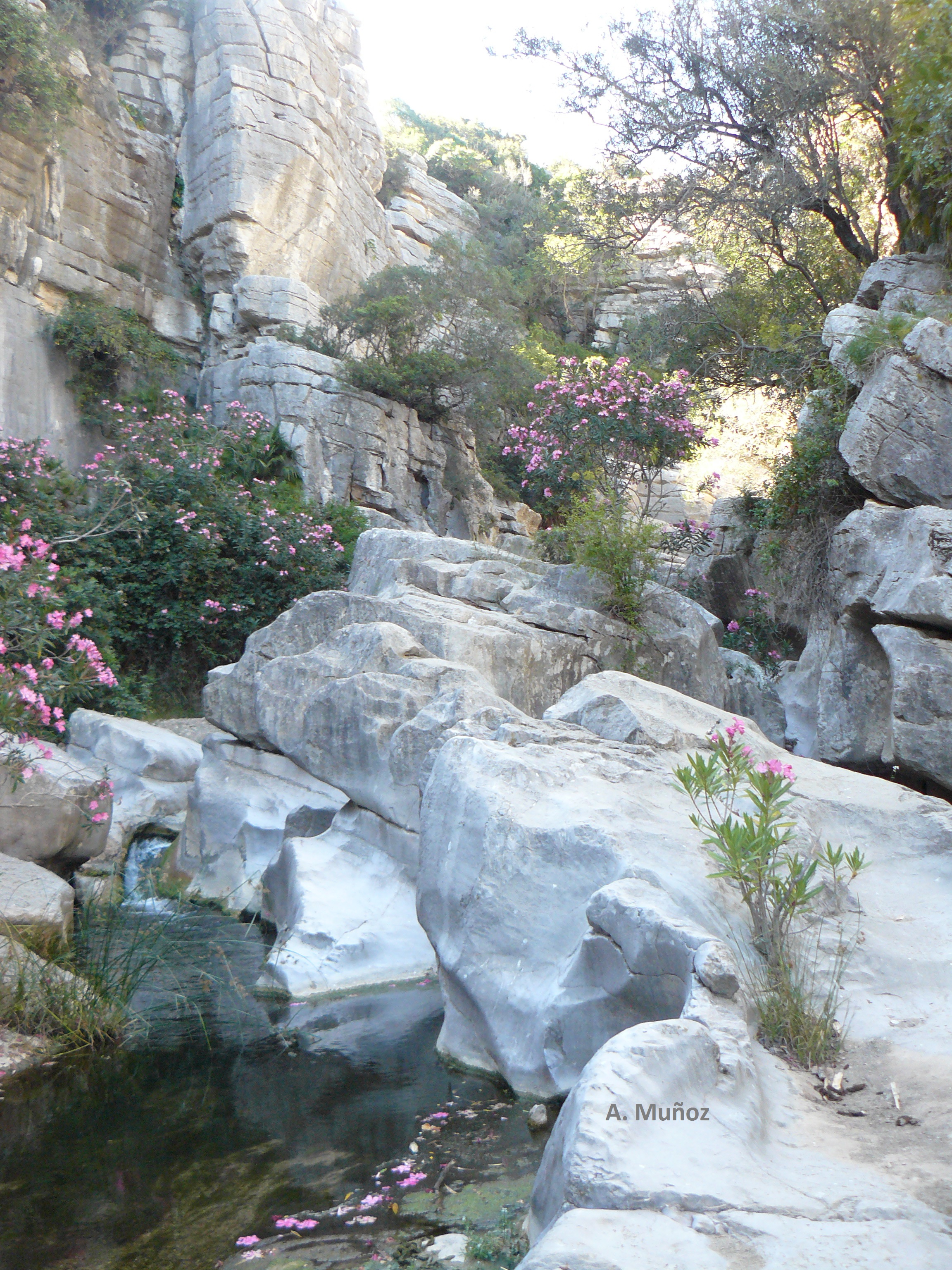
As succesive stages in the process of degradation, these various forests formations are replaced by characteristic and endemic species making some shrubby and bushy borders as with spanish Heather, brooms, rock roses, and aromatic plants (oregano, thymes..)
Mountain peak landscapes may contain organisms of high potential value.
A true relic from the ice ages are the spanish fir forests which has remained on the top of some mountains and is preserved in nature reserves.

Inside these green areas are white villages with their own history, traditions and identity that are worth sightseing.
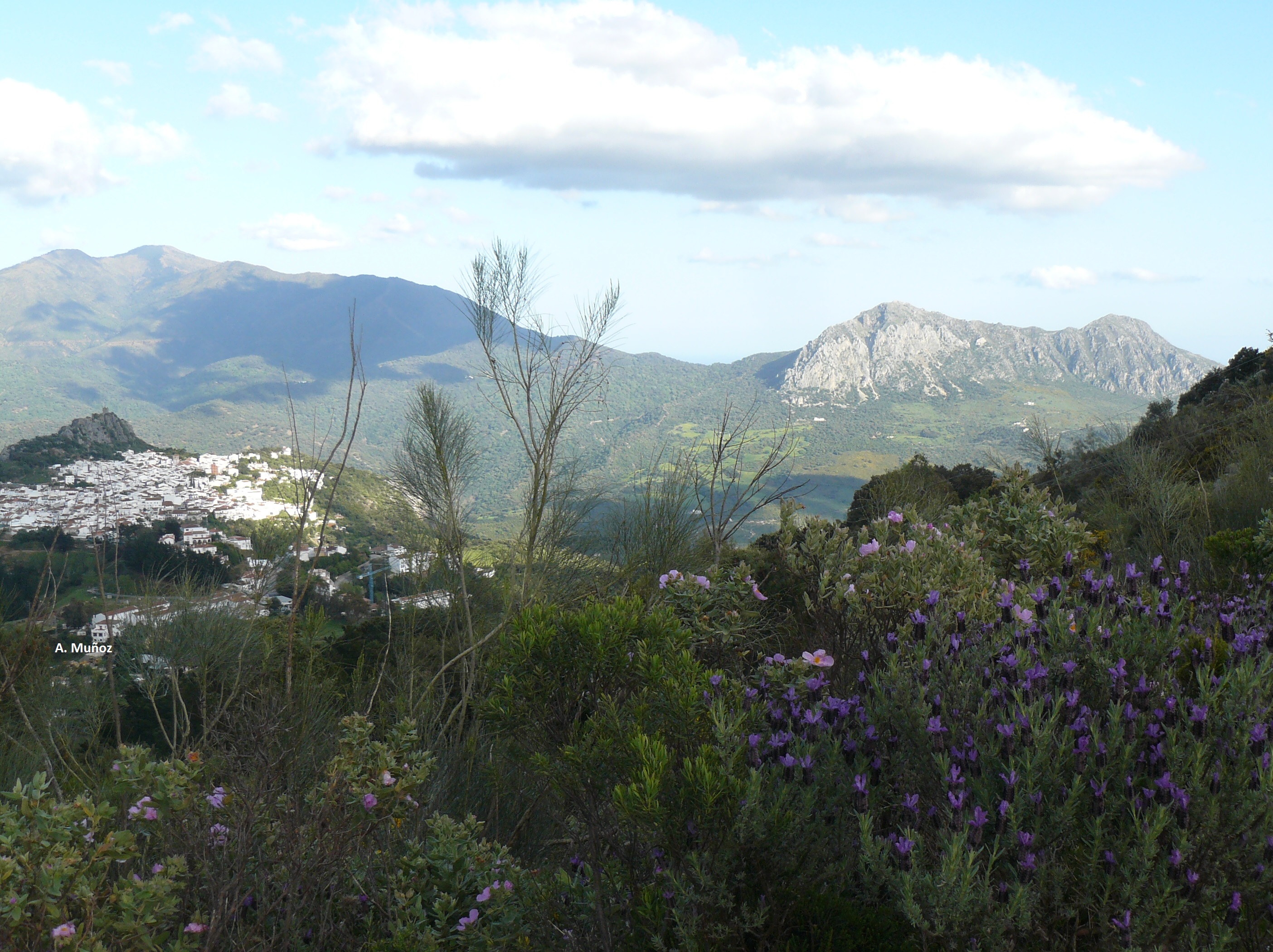
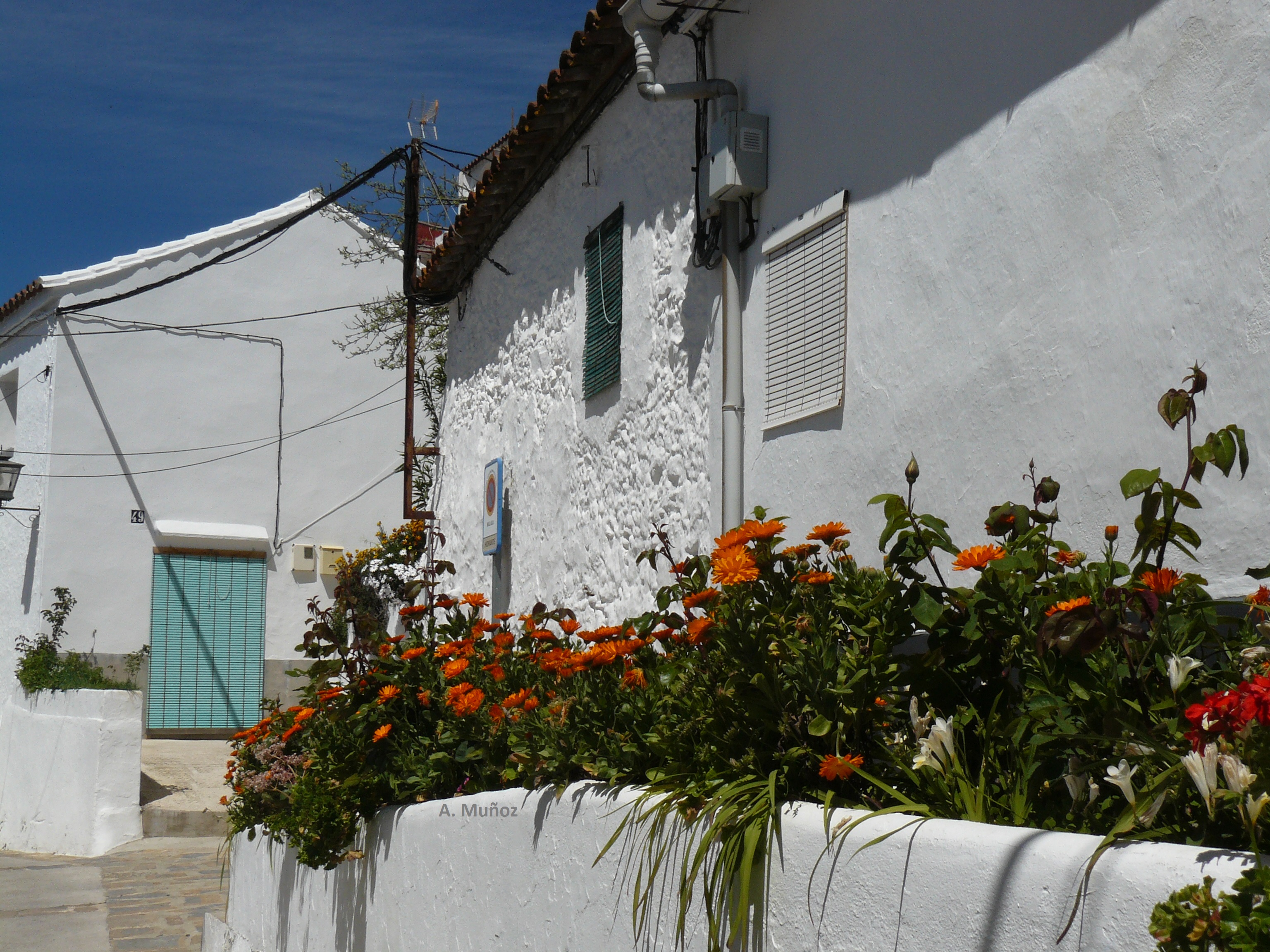
Connecting these villages there are many ancient commercial routes and transhumant cattle tracks that are still in use by walkers to this day.
